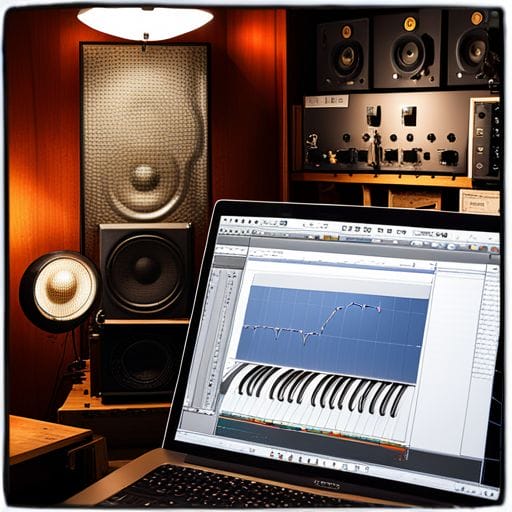Sidechain Compression Using FabFilter’s Pro-C 2

“What features of FabFilter’s Pro-C 2 make it ideal for sidechain compression?”
Mastering the art of audio production and mixing isn’t an overnight journey. It’s a procedural approach that requires the knowledge of various aspects and the correct use of tools. Among the numerous techniques that a sound engineer or music producer needs to understand is sidechain compression. In this article, we’ll journey into the world of sidechain compression using FabFilter’s renowned Pro-C 2 compressor plugin.
What is Sidechain Compression?
Before we delve directly into using the Pro-C 2, it’s essential to first understand what sidechain compression is. In simple terms, sidechain compression, also known as ‘ducking,’ is a mixing method that decreases the level of one audio signal based on the volume of another audio signal. This technique is commonly used to ensure that the base and kick drum don’t overlap, and vocals are not overshadowed by the instrumental.
FabFilter Pro-C 2: An overview
FabFilter Pro-C 2 is a premium quality compressor plugin renowned for its transparency, flexibility, granularity, and innovative interface. It offers a wide array of advanced features like look-ahead functionality, hold, knee, range, and different compression styles. Its fully customizable sidechain routing and processing options make it a fitting tool for perfect sidechain compression.

Setting up Sidechain Compression with Pro-C 2
Step 1: Setting up the Pro-C 2 Plugin
First, insert the FabFilter Pro-C 2 on the track that needs compression (we’ll call this ‘the music track’). Open Pro-C 2 and select your desired compression style from the Style selection pane. While each style has its unique touch, the ‘Punch’ style often works well with Sidechain compression.
Step 2: Routing the Key Input
The next step is to route the ‘keying’ track (the track which triggers the compressor) to the sidechain input of Pro-C 2. This typically involves selecting the ‘keying’ track as a sidechain input source within the Pro-C 2 settings.
Step 3: Setting Up the Sidechain EQ
Pro-C 2’s innovative features include the Sidechain EQ section, which can significantly influence how the compressor responds to different frequencies. Here, you can enable the EQ, create a bell-curve filter, and adjust the filter frequencies and Q width to taste.
Step 4: Adjusting Compressor Settings
Finally, adjust the Threshold, Ratio, Attack, and Release controls to achieve the desired pumping effect. Often, a quick Attack and a Release time matched to the song’s tempo work effectively, but feel free to experiment and find what sounds best for your mix.
With these steps, you are well on your way to achieving professional-grade sidechain compression using the FabFilter Pro-C 2. It’s an intricate process that might require several trials to master, but once done, it is an invaluable tool in your audio production arsenal.
Conclusion
Sidechain compression is a fundamental technique in modern music production, and FabFilter Pro-C 2 makes this task more manageable and extremely versatile. With a little practice and patience, you’ll master the art of sidechain compression using this fantastic plugin and elevate your mixes to a new level of professionalism.
References
For more information and tutorials on using FabFilter Pro-C 2, visit the official FabFilter website.
